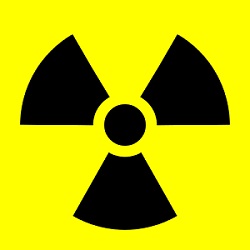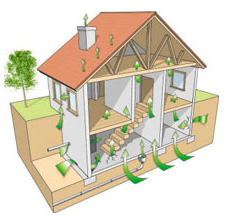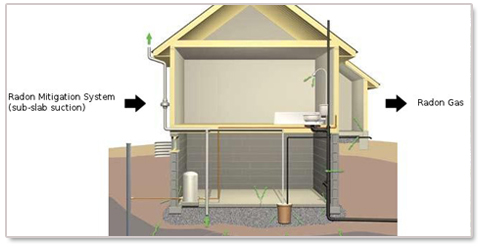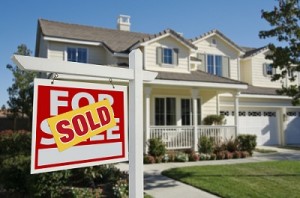How do we know that Radon poses a health risk?
Homeowners are constantly warned of the dangers that come from elevated radon levels in the home. Five out of seven homes in Iowa contain high levels of the colorless, odorless, and tasteless gas. It is the number two cause of lung cancer in the United States, and causes 4oo deaths in Iowa alone each year. But many people ask if there is concrete evidence that radon is actually so detrimental to our health. How can we be sure that there is a real health risk attached to the high levels of radon in many homes?
 The US Environmental Protection Agency (EPA) already has plenty of scientific evidence that radon exposure is often linked to lung cancer. This connection was first realized when scientists noticed that the underground uranium miners who were exposed to radon died of lung cancer at a higher rate than others. These studies were confirmed by animal studies, which showed higher rates of lung tumors in the rodents that were exposed to radon. Although there is much dispute among some scientists that the estimated radon-related lung cancer deaths are actually lower than commonly believed, several health organizations, such as the CDC (Center for Disease Control), American Lung Association, the Surgeon General, the American Medical Association, and several others agree that we know enough about the health risks to recommend radon testing and mitigation.
The US Environmental Protection Agency (EPA) already has plenty of scientific evidence that radon exposure is often linked to lung cancer. This connection was first realized when scientists noticed that the underground uranium miners who were exposed to radon died of lung cancer at a higher rate than others. These studies were confirmed by animal studies, which showed higher rates of lung tumors in the rodents that were exposed to radon. Although there is much dispute among some scientists that the estimated radon-related lung cancer deaths are actually lower than commonly believed, several health organizations, such as the CDC (Center for Disease Control), American Lung Association, the Surgeon General, the American Medical Association, and several others agree that we know enough about the health risks to recommend radon testing and mitigation.
If you find radon levels in your home above 4 pCi/L, consider investing in radon mitigation from Ameriserv. The National Academy of Science’s Biological Effects of Ionizing Radiation (BEIR VI) Report reinforced that radon is the second-leading cause o lung cancer in the country. This presents radon levels as a serious health issue that should not be ignored.
What to do When You Find Radon
If you find that your home contains elevated levels of radon, it is important to have it fixed as soon as possible. There are a few steps that you can take to take care of the radon problem in your home:
- Contact a professional: If you suspect that your home has a radon problem, or if you just want to be sure that you and your family are safe, contact a professional radon expert today.
- Have your home tested: Have the professional team at Amerisev perform radon testing in your home to determine whether or not you are in need of mitigation services. Radon levels of over 4 pCi/L lead to serious health issues.
- Invest in radon mitigation: We can install a radon mitigation system to remove radon from your home and prevent future radon issues. In most cases, radon levels can be reduced to lower than 2 pCi/L to reduce your risk of lung cancer and keep you and your family healthy and safe.
The radon mitigation experts at Ameriserv can help you get rid of the radon problem in your home. Whether you are trying to sell your home, or just want to make sure it is safe for you and your family, we are your number one choice for radon mitigation in Iowa. Contact us today for more information.






